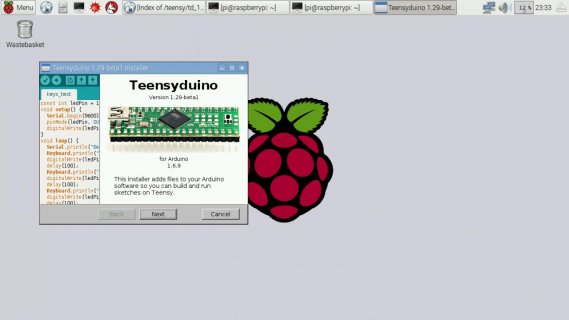Here is a first beta test for Teensyduino 1.29.
EDIT: beta test link removed.
Changes since Teensyduino 1.28:
EDIT: beta test link removed.
Changes since Teensyduino 1.28:
- Add support for Arduino 1.6.9
- Add support for running on Raspberry Pi (Linux ARM)
- Drop support for Arduino 1.6.3 and 1.6.6
- USB Keyboard improved media keys, now Windows compatible
- USB Touchscreen (up to 10 fingers)
- USB Audio
- USB Mouse adds horizontal scroll
- More combinations in Tools > USB Type
- Serial1.setTX() adds open drain option
- Libraries updated: Audio, FastCRC, FreqMeasureMulti, PS2Keyboard, SerialFlash





